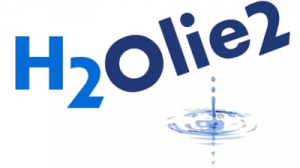I’m a patient
Study summary

Background of the study
This study compares two types of contrast agents that can be used during an HSG. The first type is a contrast type based on water and the other type is based on oil. Flushing the tubes with a type of contrast during an HSG used to be a standard test during the fertility work up. More recently it does not have such a prominent spot anymore in the Dutch gynaecology guidelines. A recent large study (the H2Oil-study) has shown that an HSG with oil contrast results a 10% higher chance of ongoing pregnancies as compared to an HSG with water contrast, in women aged between 18-38 years, with a regular cycle and with a low perceived risk of tubal pathology. The current Dutch guideline advises to only make an HSG in women that have a high perceived risk for tubal pathology (this perceived risk can be because of an STD, abdominal surgery or endometriosis in the medical history of a patient). At this moment we do not know whether the oil-contrast also has a positive influence on the pregnancy changes in these women as they did not participate in the H2Oil-study. Usual care for this group of patients is water-based contrast. This is why we compare the two types of contrast in this study (H2Oil2 study) in women that are 39 years or older, have an irregular cycle or with a high perceived risk for tubal pathology. To ensure an equal distribution between the two groups, each participant will be randomly assigned to water contrast or oil contrast.
When are you eligible for this study?
You can participate in this study if you have an unfulfilled wish to conceive a child for a year, have had fertility work-up and (1) have a perceived high risk for tubal blockage (2) have an irregular menstrual cycle or (3) are aged 39 years or over. When your partner has a decreased quality of semen this might be a reason to exclude you from participation.
What participation involves
If you decide to participate in this study you will be randomly assigned two on of the two options;
-
- HSG with oil contrast or
- HSG with water contrast
As a patient you will not notice a difference in treatments. You will be aware of your treatment allocation. Around 6 months after your start of participation you will receive a questionnaire asking for absence of work and fertility treatments. If you become pregnant in this time, we will contact you after your due date to obtain information on the pregnancy and delivery.
